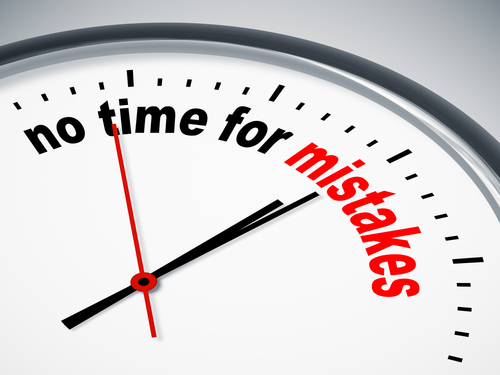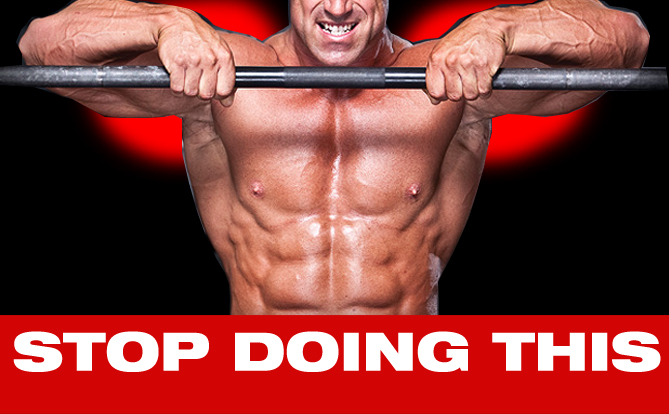 Preparing to change, or simply getting started in the wide universe of fitness? Set off on the right foot and discover how you can conquer some usual errors most newbies deal with!
Preparing to change, or simply getting started in the wide universe of fitness? Set off on the right foot and discover how you can conquer some usual errors most newbies deal with!
I like the old adage, “If it were very easy, everybody would certainly be do it.” It could be applied to numerous circumstances in life, but it rings particularly real when talking about wise exercise and appropriate nourishment.
It’s a fantastic day when an individual makes a decision to take up the fitness challenge, avoid the very easy path, and toss themselves right into the difficulty of obtaining solid and also healthy and balanced training, however that’s just the start. Constructing the structure of a fit life takes weeks– months, also– of hard work, and also your excitement could typically work against you.
Luckily, there’s nothing brand-new under the fluorescent lights of the health club. Every blunder you can potentially make has actually been made a thousand times previously, and also you could learn from the past– if you’re willing. These common fitness and workout mistakes have hindered way too many novices’ health and fitness dreams. But not yours! This time around, we are going to help you recognize these mistakes for what they are as well as help you stay on the path to to fitness nirvana. Bizzee health and fitness wants to keep you on a path of fitness success so lets begin:
Top 3 Common Beginner Workout Mistakes
Some Additional Workout Mistakes Beginners Should Not Make
Thinking more is better
Sometimes, when people begin doing something in the gym, they immediately start looking for ways to do more. More sets, more cardio, more goals, more movements, and more time spent training might sound like things that will help you reach your fitness goals, but the opposite usually ends up being the case.
It’s understandable; you’ve made a commitment to yourself, and you want to make sure you’re doing everything you can to live up to it. Plus, if you’re like most people, you spend as much time reading about training online as you do actually training. It doesn’t take long to see the vast number of things you could be doing, but don’t take the bait!
When you’re just starting out, your body will respond positively to just about any stimulus. But if you try to force it to adapt to too much at once, you’ll hit a wall or injure yourself in no time. Your body, your schedule, and your attention span can only handle so much right now. Respect all three!
The Solution: Quality over quantity. Pick a reasonable program—check out Find a Plan if you need some guidance—and follow it as closely as you can. Don’t spend more than 45 minutes in the gym per session. Your goal is to get in, do your workout, and leave. Then, come back and do it again, and again, and again.
Thinking more cardio equals more fat loss
Many beginners have weight loss—and more specifically, fat loss—as their first priority. That’s fine, but how they go about it is usually far too single-minded. Who can blame them? In most gyms, the cardio machines are the first thing you see when you walk in, and everyone who is trying to lose weight seems to be on them. You can break a sweat—while watching TV, of course—and pretend the weight room doesn’t even exist.
Does low- and moderate-intensity cardio burn enough calories to help you lose fat? Sure, but it’s by no means the most efficient or effective way to achieve this goal. If you took your 45-minute window and devoted 25 minutes of it to strength training and 20 to slightly higher-intensity cardio, you would set yourself up to achieve far more dramatic results far more quickly.
The Solution: Weights for the main course, cardio for dessert. MET-Rx athlete and four-time Figure Olympia champion Nicole Wilkins says, “If you are looking to change the shape of your body, have more definition, and feel stronger, you simply must include weight training.”
Muscle burns calories at rest, meaning that for every bit you add, you become a more efficient fat-burning machine. Plus, as you get stronger, you’ll find that you can do more work—be it cardiovascular work or your normal daily work—and more work equals more calories burned. There’s simply no way around it; you need strength training in your life!
Giving up before your body has a chance to change
Transitioning from a physically inactive life to an active one is a major change, and to your body, it feels initially like a threat. Often, it can take up to 2-3 months for your body to stop fighting your new habit tooth and nail and start embracing it, in the form of muscle gain and fat loss. Unfortunately, many people give up after around 4-6 weeks—or sooner—if they aren’t seeing any major changes in their body.
This is no fun to hear, but it’s the truth. And, if you’re in a caloric deficit, your body’s urge to protect and preserve every calorie is going to be even greater.
The Solution: Be more stubborn than your body. Eventually your body will get the memo, respond to what you’re doing in the gym, and begin to understand it can live—and thrive—with what you are putting it through. However, “eventually” is different for each person.
Your body is a high-tech computer, but sometimes it just takes some new software and a little patience to make it run better. Once you’ve started a program or diet, give yourself at least a couple of consistent months before you make drastic changes.
Watching the scale like a hawk
The scale is the fitness world’s equivalent of the proverbial watched pot that never boils. We’ve all hopped on the scale at some point in our lives and found ourselves disappointed that even after hours in the gym, multiple times a week, for several weeks, the same number is staring up at us.
When this happens, the thought of throwing the scale through the closest window comes to mind. Well, maybe you should! The number on the scale is just that—a number. It doesn’t say anything about lean muscle mass, water weight, or body fat. Heck, even body composition doesn’t tell the whole story.
The Solution: Use other measurements of progress. It may not sound scientific, but how you look and feel are probably the best measurements of your progress when you’re just starting out. How does your clothing fit? Is it a little looser around the middle or tighter in the sleeves? Progress! What about your workouts—do they feel better? Are certain weights moving more easily? Is your overall energy level improving during the day? That’s definitely progress.
For the initial few months of your lifestyle change, trust these as your real measurements. Back them up every once in a while with progress photographs and a body composition test, and only step on the scale once in a blue moon. Most importantly, just keep going back for more. You will change!
Caring about how much you lift too soon
How much you weigh is a numbers game that can drive you crazy. How much weight you’re moving is another. Nobody wants to struggle against an empty bar while the beast on a nearby bench moves more plates than you can count. But throwing your whole body into every repetition trying to get the weight up by any means necessary is bad news. Not only are you begging for an injury, you’re also not learning, practicing, and performing the lifts with good form, which are the keys to actually lifting more over time.
The Solution: Start safely. Check your ego at the door. If you can’t handle a weight with strict form, lighten the load until you can. Feel the muscle working with each repetition, and treat your training like practice, because that’s what it is. Don’t just focus on the heaviness of the weights, but on things like how many reps you can perform, or how much total weight you moved in an entire workout. Over time, begin to compete against yourself and your previous bests, not someone else.
To See More Mistakes Beginners Should Avoid Click Here








